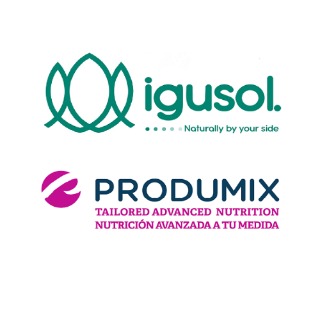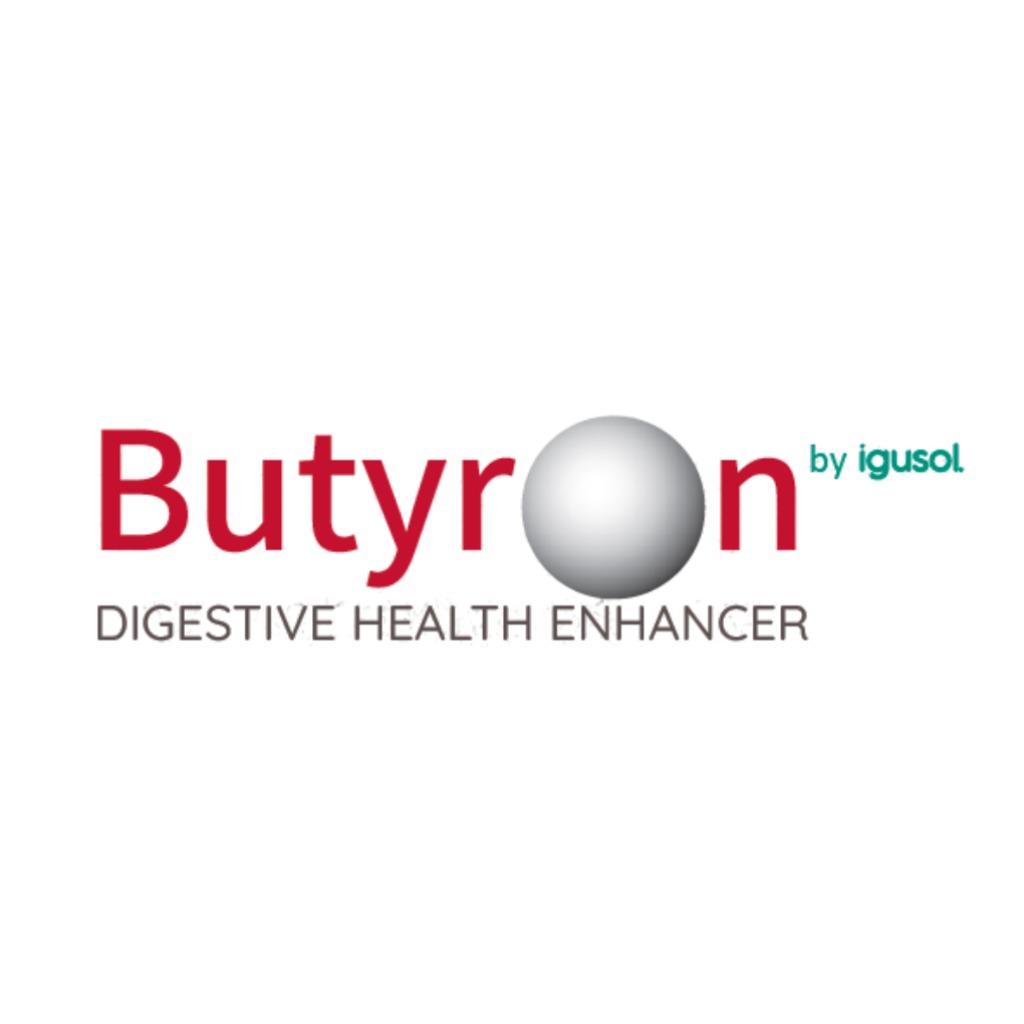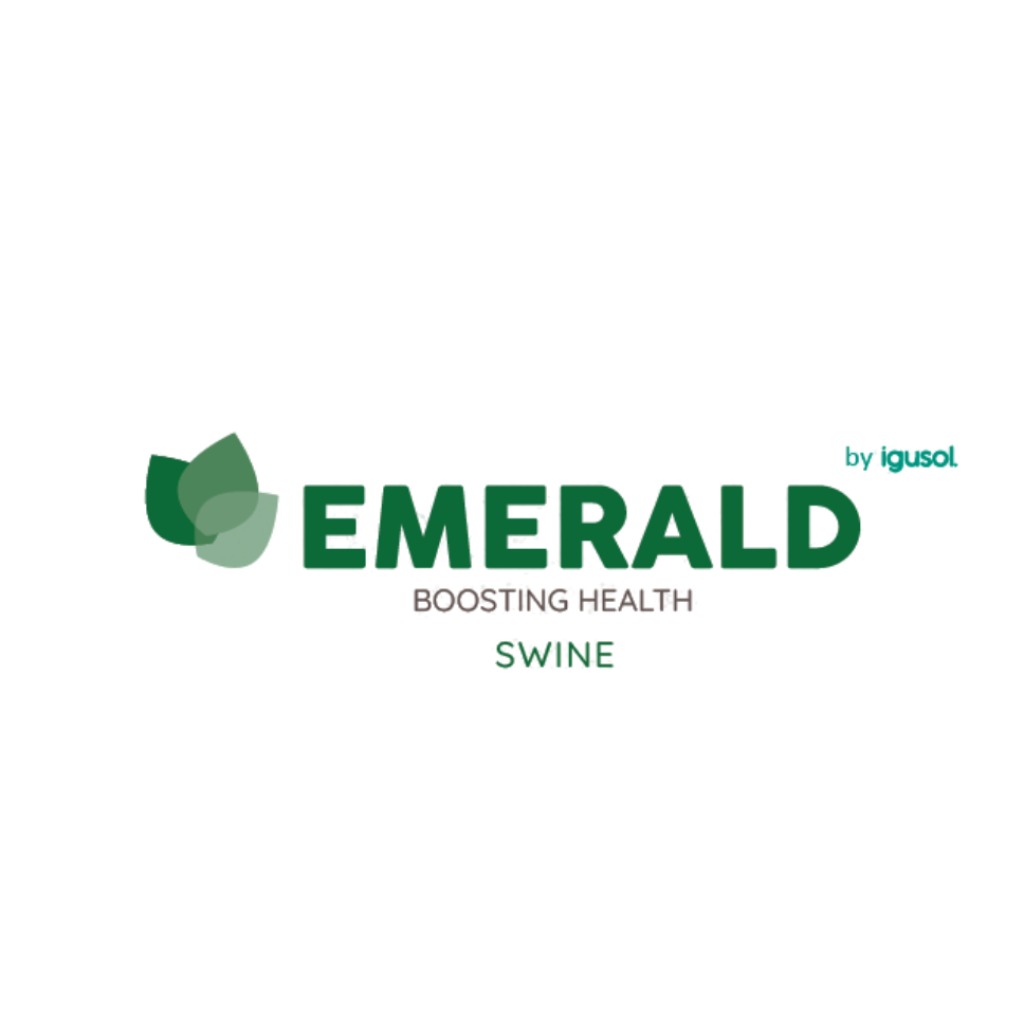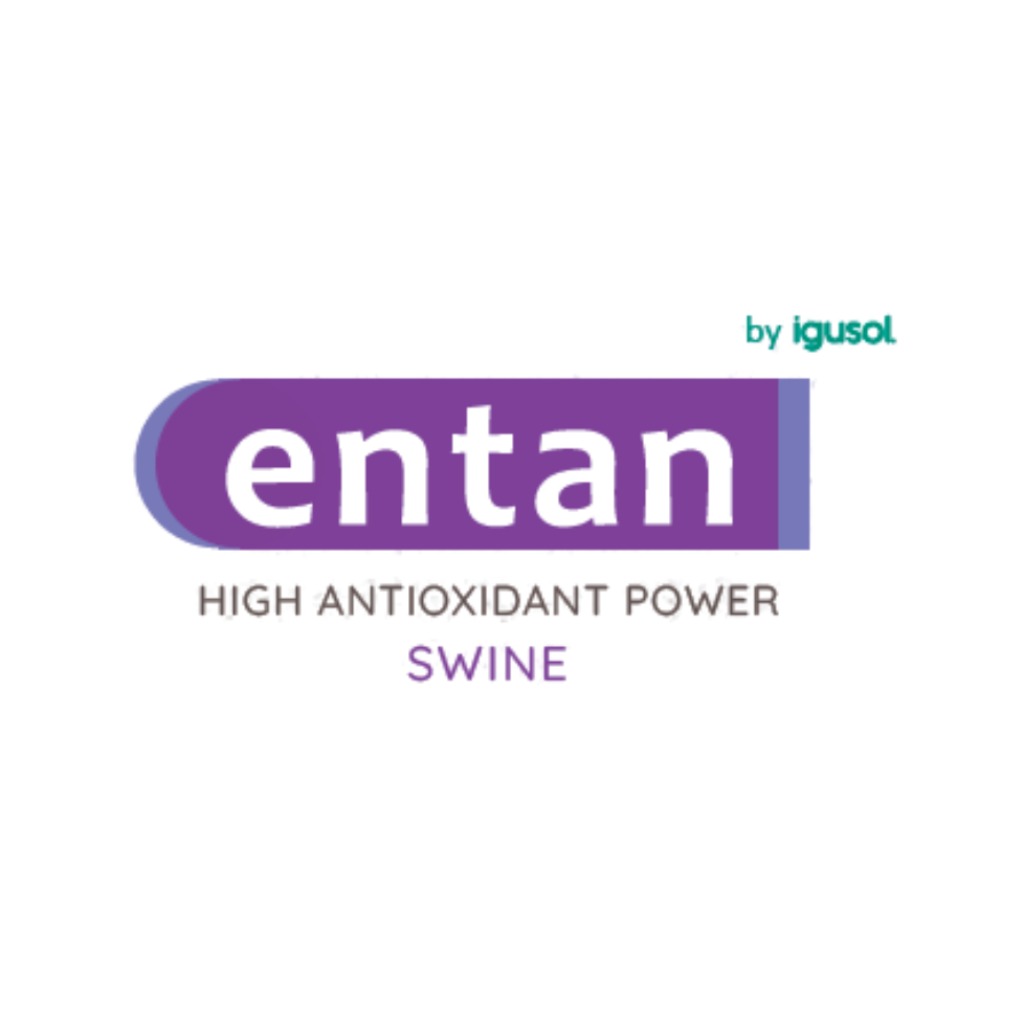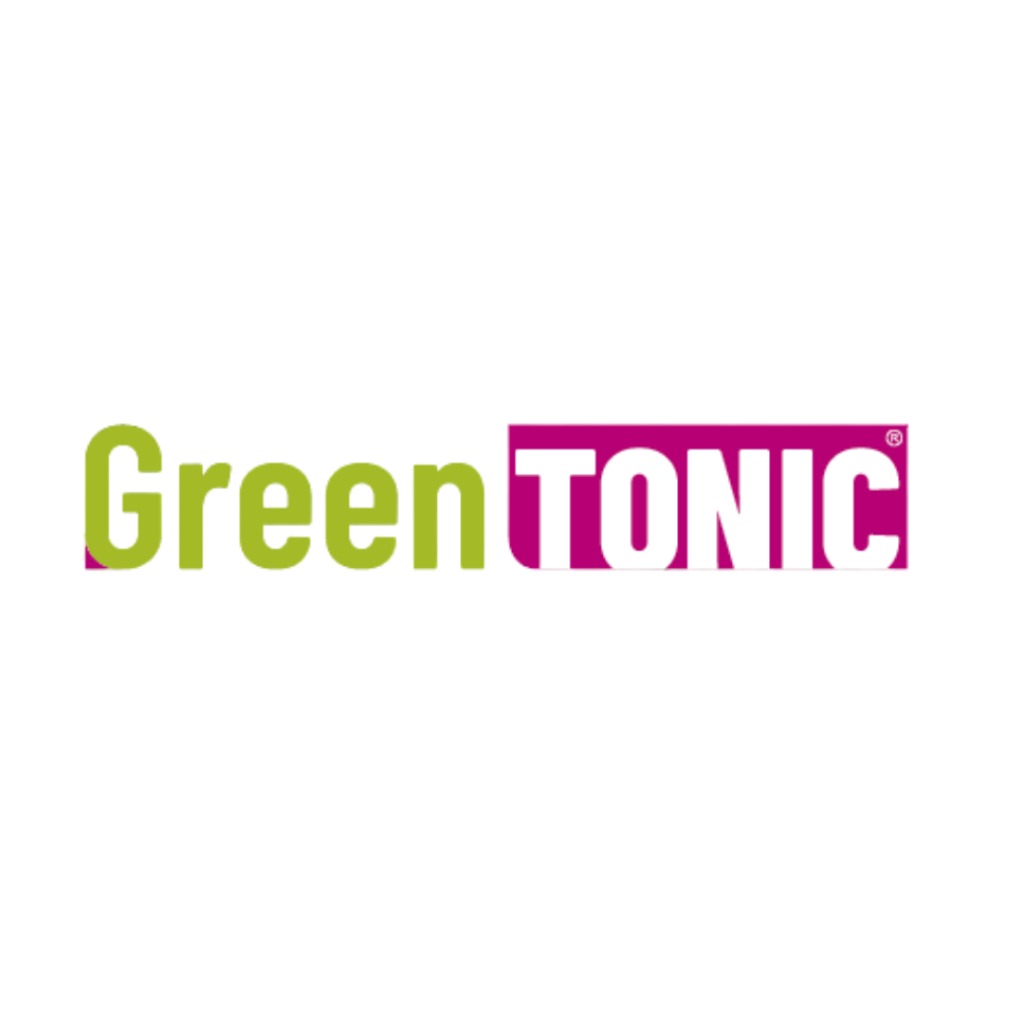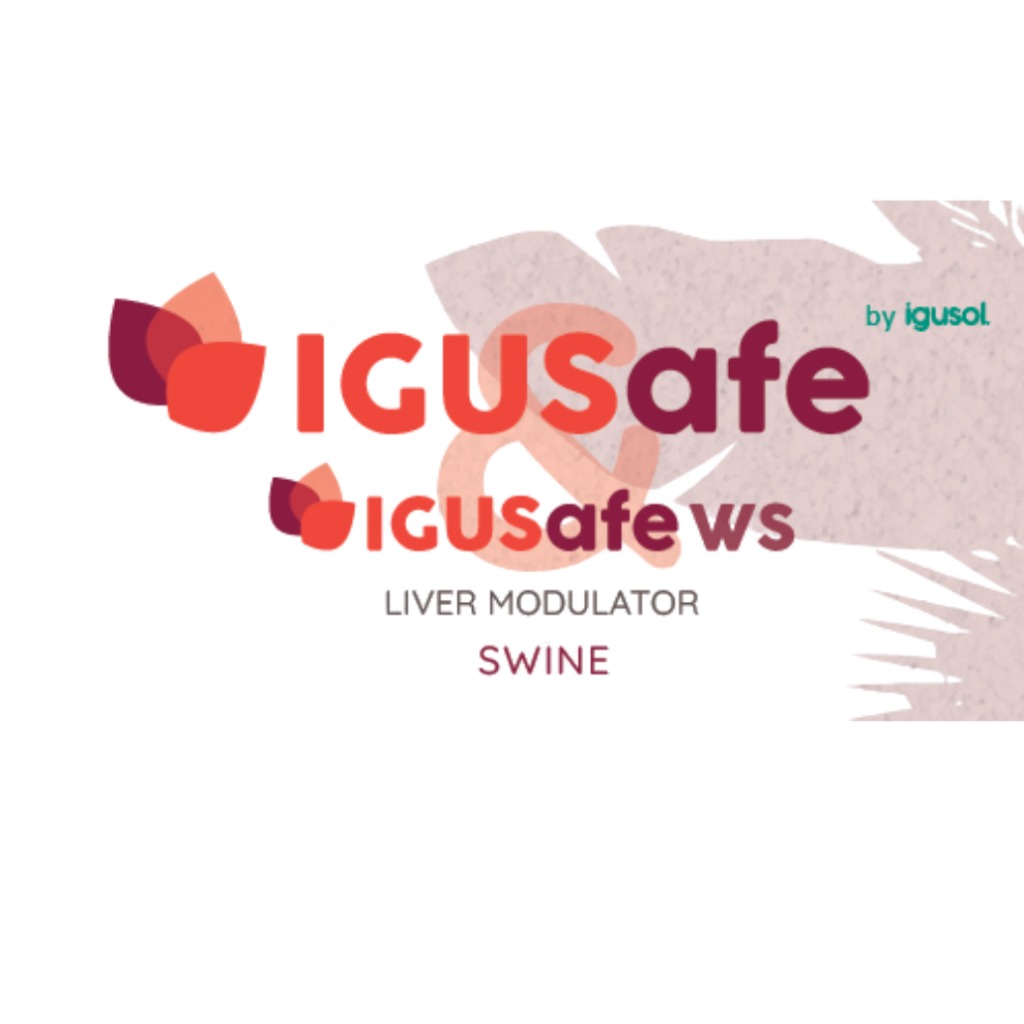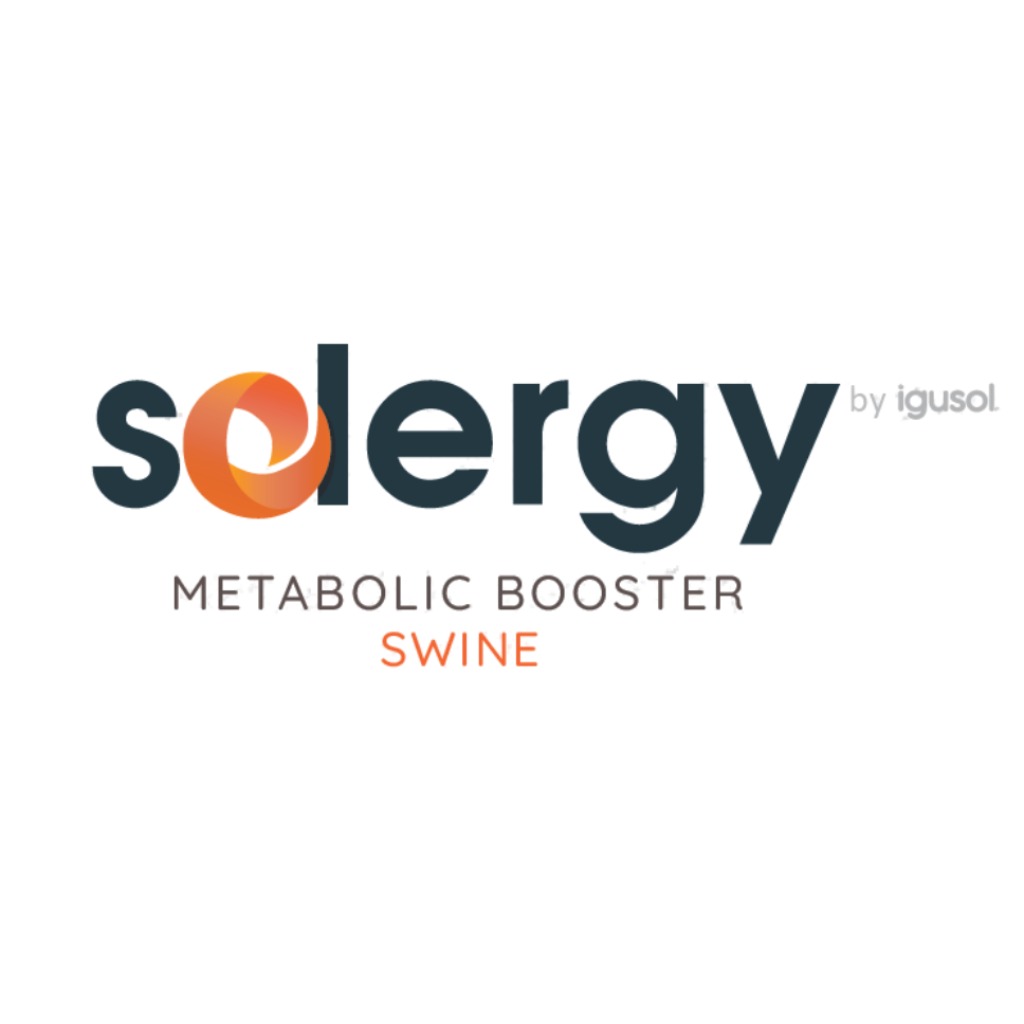Trends in Sow Nutrition – Innovations to Improve Health and Productivity in the Swine Industry
Sow nutrition is one of the most influential factors in productivity and welfare in the swine industry.
As global demand for pork continues to rise, current trends in sow nutrition are marked by a comprehensive approach that encompasses gut health, animal welfare, sustainability, and precision nutrition.
On the other hand, we must keep in mind that maternal nutritional programs not only aim to meet the sows’ requirements, but also impact the optimal performance of piglets.
PRECISION NUTRITION
Personalized nutrition is a growing trend in the swine industry.
Each sow has specific nutritional requirements based on genetics, reproductive stage, age, weight, body condition, production performance, environmental conditions, facilities, etc.
How can we implement precision nutrition on our farms? Here are a few tips:
First, it’s essential to have information about the raw materials we are going to use and the type of feed to be provided. Examples of relevant information include:
- Availability of raw materials.
- Price of raw materials.
- Quality of raw materials (mycotoxins, COA, microbiological analysis, etc.).
- Nutritional information of raw materials. Accuracy and timely access to data is important. We can rely on tools like NIRS.
- Feed form: meal, pellet, grinding size, etc.
- Number of diets we can implement depending on the farm’s characteristics.
When considering nutritional requirements, we must remember they vary depending on many factors. Therefore, we need to implement strategies such as:
- Phase-specific diets: a nutritional program for each reproductive stage—gilts, gestation, pre-farrowing, peripartum, lactation, weaning-to-estrus interval, etc.
- Individualized nutritional programs: it is important to consider the following information:
- Feed form: meal, pellet, grinding size, etc.
- Number of diets based on farm characteristics.
- Sow age or reproductive cycle.
- Genetics.
- Gilts » Number of diets to implement, goals for first service (ADG, weight, age, body condition, backfat thickness, number of heats, etc.).
- Gestation » Number of diets, feeding curve (gestational age, parity, body condition, backfat, weight, etc.).
- Peripartum » Which diet to implement, frequency of feeding, feed amount, etc.
- Lactation » Number of diets, number of piglets to wean, piglet ADG, weaning age, feed management, intake, etc.
- Weaning-to-estrus (WTE) » Which diet to use, amount, feed management, etc.
In addition, we can implement nutritional strategies at specific moments to improve performance or adapt to different situations:
Technology: enables producers to personalize sow nutrition, enhancing health, productivity, and feed efficiency.
Examples include: feeding monitoring systems, automated and programmed feeding, body composition evaluation, management software, big data and AI, environmental control systems, smart nutrient supplementation (e.g., microencapsulation).
Next, we delve into the importance of precision nutrition for gut health, animal welfare, and sustainability.
1. GUT HEALTH
One of the most significant advances in sow nutrition in recent years has been the recognition of the crucial role of gut health in overall welfare and productivity.
We must consider that gut health is the optimal state of the gastrointestinal tract where all digestive, immune, metabolic, endocrine, and barrier functions are balanced.
Due to rising concerns over antibiotic resistance and stricter regulations, rational antibiotic use in animal feeding is one of the main trends in sow nutrition.
Good gut health in sows is essential not only for their welfare and performance, but also for piglet health and development. Here’s how it benefits both:
- Improved colostrum and milk quality: healthy sows digest and absorb nutrients better, leading to better-quality colostrum and milk.
- Microbiota transfer: a balanced and healthy microbiota in sows helps inoculate piglets with beneficial bacteria during birth or through contact.
- Disease prevention: a sow with a strong immune system is less likely to contract infections that could be passed to her piglets.
- Enhanced reproductive efficiency: sows with good gut health have higher fertility and better farrowing outcomes.
Some nutritional strategies, part of the precision nutrition concept, to promote optimal gut health include:
Use of functional additives such as:
- Probiotics, prebiotics, and synbiotics:
- Probiotics are live microorganisms that benefit gut health.
- Prebiotics are non-digestible ingredients that promote beneficial bacteria growth.
- Synbiotics are a mix of both, supporting digestion, reducing disease risk, and maintaining microbial balance.
- Organic acids and their salts: improve gut pH, have antimicrobial effects, aid digestion, support beneficial microbiota, and provide energy for enterocytes (e.g., butyrate).
- Natural supplements: essential oils and plant extracts with antimicrobial, antioxidant, anti-inflammatory, and immune-modulating properties.
- Enzymes: more digestible diets enhance nutrient breakdown and help reduce digestive disorders.
- Antioxidants: compounds like polyphenols protect cells from oxidative damage, improving performance and sow longevity.
Key raw materials and nutrients:
- Proteins and amino acids:
- Proper amino acid nutrition maintains gut lining integrity.
- Glutamine supports intestinal cell repair and immune functions.
- Arginine enhances blood flow and nutrient delivery to gut cells.
- Bioactive proteins and peptides: in addition to high nutritional value, they offer antioxidant, anti-inflammatory, antimicrobial, and immune-supportive effects (e.g., plasma immunoglobulins).
- Proper amino acid nutrition maintains gut lining integrity.
- Soluble and insoluble fibers:
- Soluble fiber: promotes SCFA production, supports beneficial microbiota, increases viscosity, reduces diarrhea risk, and improves nutrient absorption.
- Insoluble fiber: enhances intestinal motility, prevents constipation, and reduces pathogen adhesion.
- Essential fatty acids: omega-3s (EPA, DHA) can reduce intestinal inflammation.
2. FOCUS ON ANIMAL WELFARE AND STRESS MANAGEMENT
Nutritional strategies play a key role in promoting sow welfare by enhancing gut health, reducing stress, maintaining healthy body condition, and supporting immune function.
Below are key nutritional strategies that enhance reproductive sow welfare:
- Strategies to improve gut health (as discussed above).
- Nutritional stress: avoid drastic diet changes, ensure appropriate body condition, avoid over- or underfeeding, and offer diets that meet requirements.
- Fiber: improves gut health, regulates metabolism, reduces disease risk, and increases satiety, preventing stereotypies.
- Minerals and vitamins: prevent metabolic and locomotor issues.
- Anti-stress supplements: magnesium, omega-3s, vitamin C, L-tryptophan, zinc, etc., help reduce reproductive sow stress.
3. SUSTAINABILITY AND RESOURCE EFFICIENCY
Sustainability is a growing concern in agriculture. Producers are seeking more efficient and eco-friendly ways to feed animals while minimizing environmental impact.
- Alternative ingredients: co-products from other industries (insect meals, seaweed, agri-waste, etc.).
- Gut health and nutrient digestibility strategies (as previously mentioned).
- Carbon footprint reduction: diet optimization and feed conversion improvement are key factors.
- Precise, balanced diet formulation that meets needs without excess or deficiency.
- Nitrogen and phosphorus emissions: use of high-quality ingredients and amino acid optimization can reduce excretion.
- Rational antibiotic use: good management and nutrition can help avoid resistance and support public and environmental health.
CONCLUSION
Trends in sow nutrition are rapidly evolving to meet the demands of a more efficient, sustainable, and ethical industry.
Precision nutrition includes concepts such as diet optimization, advanced technologies, and a focus on gut health, animal welfare, and sustainability.
Contacto:
Contacta con nosotros a través del siguiente formulario.

